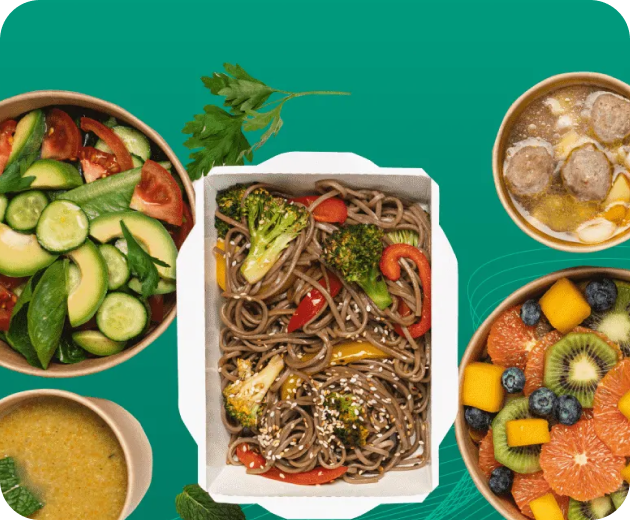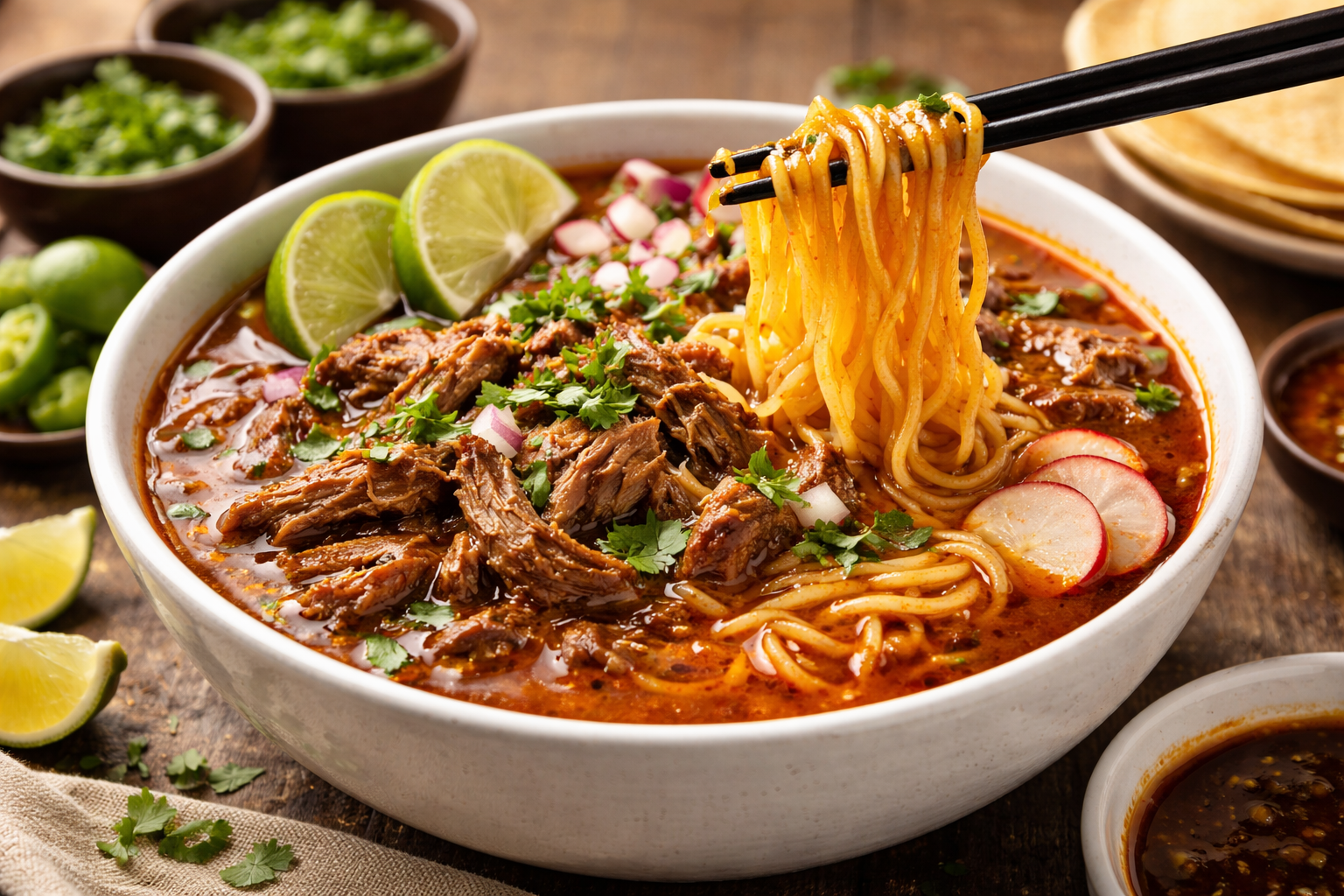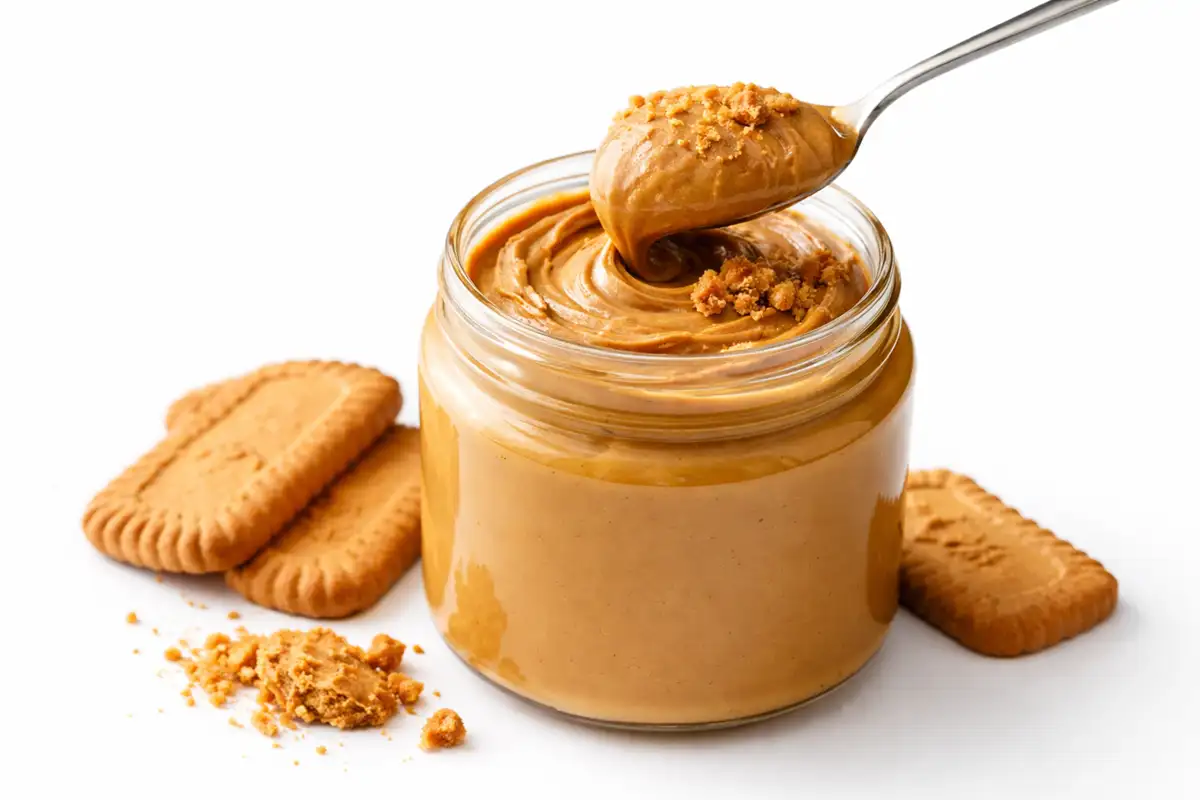Why You Should Care About Consumption Frequency
Understanding consumer behavior is paramount for success in the dynamic landscape of the food and beverage industry. One crucial metric that often goes overlooked is consumption frequency. This metric holds significant insights into consumer habits, preferences, and market trends.
In this blog, we’ll delve into what consumption frequency is, its importance in the food and beverage market, and why it should matter to professionals in the industry.
What is Consumption Frequency?
Consumption frequency refers to how often consumers purchase or consume a particular food or beverage within a given time. It provides valuable data on the frequency with which consumers engage with a brand or product, offering insights into their loyalty, satisfaction, and potential for repeat purchases.
Monitoring consumption frequency allows companies to assess the popularity and demand for their products, identify patterns, and tailor marketing strategies accordingly. Effectively harnessing consumption frequency could be the difference between the success and failure of a new product, campaign, or even the whole business.
Why is Consumption Frequency Important?
Consumption frequency is a key indicator of consumer engagement and brand loyalty. By tracking how often consumers purchase or consume their products, companies can gauge customer satisfaction, identify potential issues, and adjust marketing strategies to enhance loyalty and encourage repeat purchases.
Additionally, consumption frequency data provides valuable insights for inventory management, production planning, and resource allocation.
What Factors Influence Consumption Frequency?
Several factors can influence consumption frequency, including product availability, pricing, convenience, and consumer preferences. Companies must carefully analyze these factors to understand their impact on consumer behavior and adjust their strategies accordingly.
For example, offering discounts or promotions on bulk purchases can incentivize consumers to buy more frequently, while ensuring products are readily available and accessible can encourage spontaneous purchases.
Food Consumption Frequency
In the food and beverage industry, the frequency of consumption can vary significantly based on diverse factors such as the type of product, consumer demographics, and cultural influences.
For instance, staple food items such as bread, milk, and eggs typically have a high consumption frequency as they are essential components of daily diets. Conversely, indulgent treats or specialty products may have lower consumption frequency but usually have higher profit margins.
To compete, food and beverage companies must understand the consumption frequency trends within specific product categories. By analyzing data on how often consumers purchase or consume their products compared to competitors, companies can identify opportunities for growth, innovation, and market expansion.
Fast-food consumption frequency
Fast-food consumption frequency varies greatly among individuals and can depend on factors such as age, income level, and lifestyle choices.
According to Statista’s fast food buying frequency in Great Britain in the 2019 – 2024 survey, 16% of respondents reported consuming fast food at least once a week, while another 14% reported doing so 2-3 times a month.
However, there is also a growing trend in the health-conscious population to limit or avoid fast food altogether. This has led many fast-food chains to introduce healthier options and adapt their marketing efforts to target this audience.
For businesses operating in the fast-food industry, understanding these consumption patterns can inform product development and fast food marketing strategies for better customer engagement and satisfaction. It also highlights the importance of offering varied options that cater to a diverse range of consumer preferences.
Importance of Consumption Frequency in the Food and Beverage Industry
In today’s highly competitive food and beverage market, understanding consumer behavior is crucial for staying ahead of the competition. Consumption frequency allows businesses to gain a deeper understanding of their target audience and tailor their products or services accordingly.
Moreover, consumption frequency provides valuable information about consumer preferences and purchasing habits. This data can help businesses make informed decisions on product innovation, pricing strategies, and marketing campaigns.
For instance, if a certain type of food or beverage has a high consumption frequency among consumers but isn’t readily available in the market, it presents an opportunity for businesses to fill that gap and cater to the demand.
FAQs
Increasing consumption frequency requires a multifaceted approach that focuses on product innovation, customer experience, and targeted marketing efforts.
Companies can introduce new product variants or packaging sizes to appeal to different consumer segments and encourage repeat purchases. Enhancing the overall customer experience through personalized promotions, loyalty programs, and convenient purchasing options can also drive higher consumption frequency.
Moreover, engaging consumers through social media, influencer collaborations, and experiential marketing can help build brand affinity and encourage regular consumption.
A healthy eating frequency is often influenced by current consumer healthy eating trends, which emphasize balanced and regular meals. Typically, this involves consuming three main meals a day, supplemented by healthy snacks if necessary.
These trends highlight not just what you eat, but how often, ensuring a steady supply of nutrients throughout the day. Following these guidelines can help maintain stable blood sugar levels, support metabolic health, and prevent overeating. Businesses should stay updated to develop products that meet the growing demand for healthier eating options.




